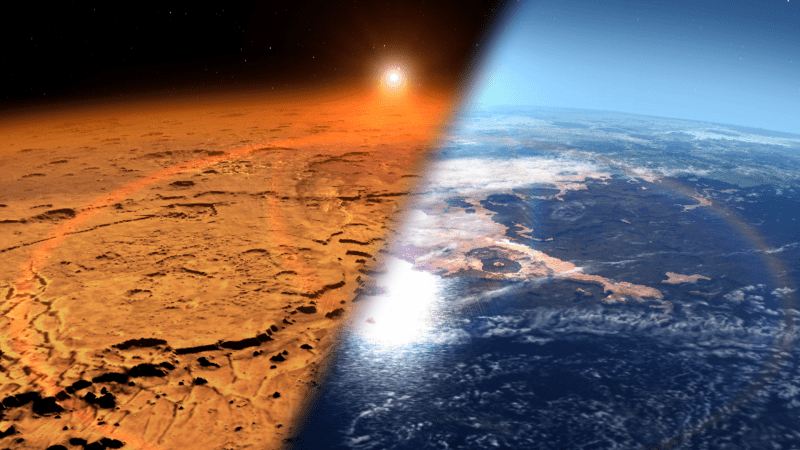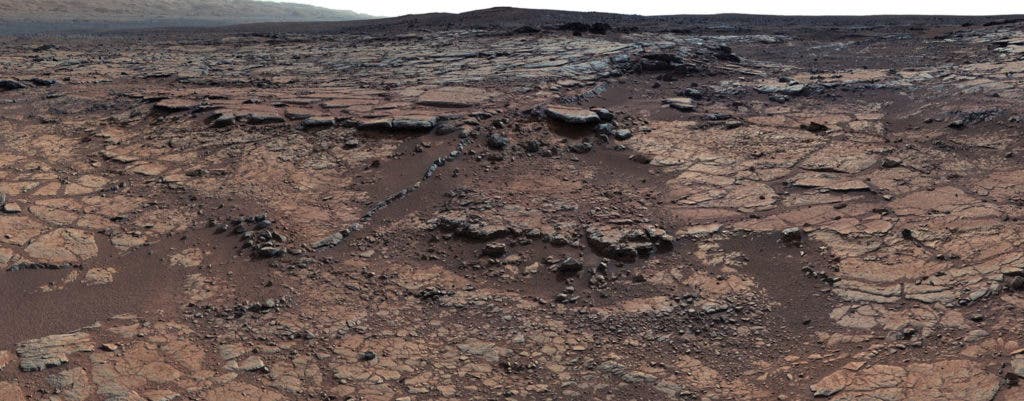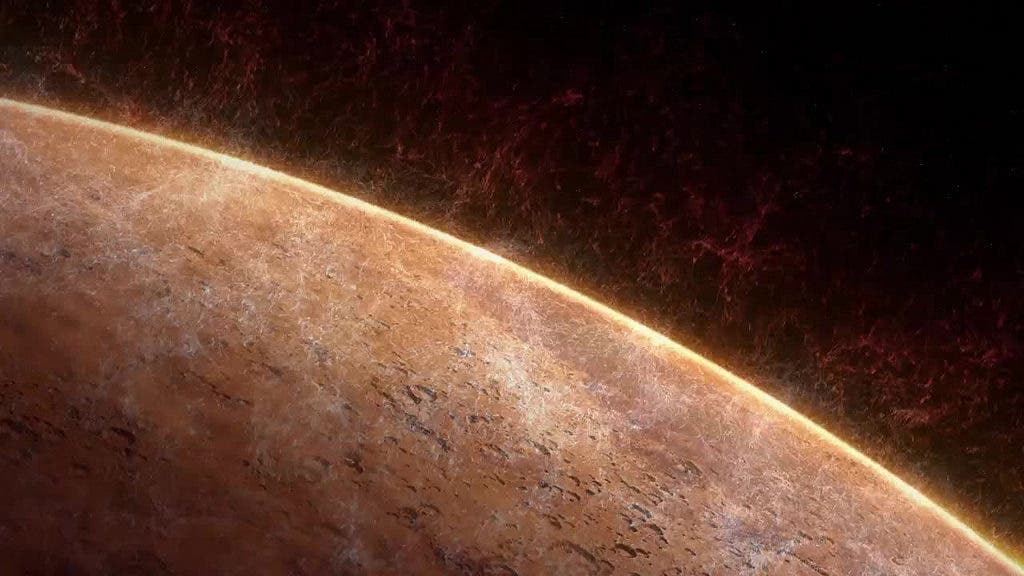
Today, Mars is dry, barren, and seemingly devoid of all life. The planet’s surface, however, is littered with surfaces that must have been carved by water from rivers, streams, lakes, and oceans. If this is the case, what happened to Mars’ water? When did all that water disappear? These sort of questions keep some scientists awake at night and a new study makes this mystery even harder to crack.
Something’s missing
According to American researchers from NASA, 3.5-billion-year-old rocks retrieved from the floor of Gale Crater and analyzed on-site by the Curiosity Rover are devoid of carbonate. This idea was initially put forward by NASA researchers who studied data retrieved by orbiting probes that watch Mars from hundreds of miles above its surface.
This means that the concentration of greenhouse gases like CO2 or methane was up to tens of thousands of times lower than climate models require to warm Mars to a level that can sustain liquid water for a long period of time. Long enough to have flowing or standing water carve all those famous channels and canyons, at least.
[ALSO SEE] Why Mars is Red
Some of the rocks analyzed by Curiosity include mudstones, siltstones, sandstones and other sedimentary rocks. On Earth, greenhouse gases naturally react with minerals to form carbonate, and scientists don’t expect this chemistry to be any different on Mars.

It could be that there was carbonate but it was later washed away by acid rain. But that’s unlikely since the rocks show no signs of an acid attack, the researchers note. Maybe other greenhouse gases like sulfur dioxide or nitrous oxide were in high enough concentration to warm Mars, but this too falls short under scrutiny.
“The downside of all these other greenhouse gases is that they tend to be quite reactive, so when you put them in the atmosphere, they don’t hang out an especially long time,” said lead researcher Thomas Bristow, a planetary scientist at NASA’s Ames Research Center in Moffett Field. “So the warming periods driven by those kinds of greenhouse gases are relatively short-lived, which is not consistent with observations from Gale Crater where we have evidence for lakes and rivers that persisted for hundreds of thousands or even millions of years.”
The findings published in the Proceedings of the National Academy of Sciences don’t dispute the fact that Mars was wet during its history — that’s undeniable given the sedimentary evidence. It’s just that we don’t know yet what mechanism could have kept the planet warm enough to sustain liquid water for long periods of time. We have a pretty good idea, however, what mechanisms were responsible for the water’s depletion.

Another recent study, this time made by researchers at University of Colorado, Boulder, found that Mars’ atmosphere has a sort of atmospheric ‘escape route’. According to data gathered by Mars Express, water molecules float higher up in the atmosphere during Mars’ warmer seasons allowing them to escape easier into space. On Earth, ‘cold traps’ keep the water close to the planet’s surface.
“Going back to the 1970s, the conventional picture of Martian hydrogen loss has been one of slow, steady escape over long time scales,” said Mike Chaffin, lead author of the new study. “With this work, we find that there are ways to produce much more seasonal variation than previously thought.”
“In this case, we had two unexpected findings: seasonal changes in hydrogen escape and excess water in the middle atmosphere. But taken together, these two unexpected things make sense,” said Chaffin. “It’s very satisfying as a scientist when that happens.”






